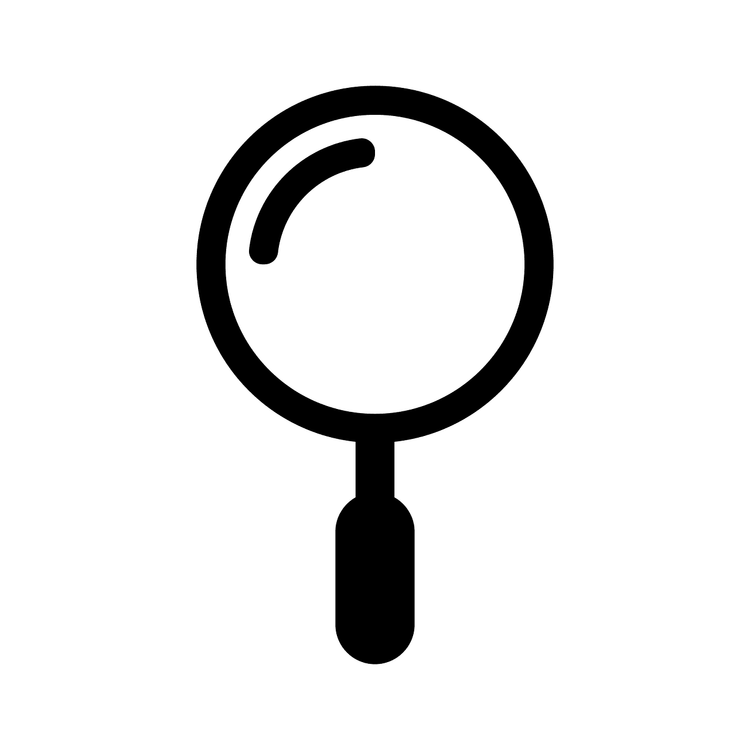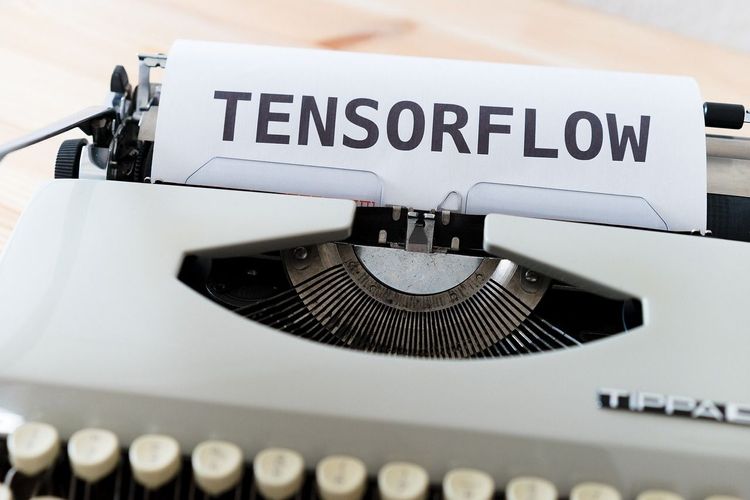AI Uncovers Hidden Objects in the Darkness
Most people like

Stratup.ai harnesses the power of artificial intelligence to rapidly generate innovative startup ideas in just seconds.

Transform your images into responsive HTML with our advanced AI-powered image to HTML converter. This innovative tool streamlines the process, allowing web developers and designers to effortlessly convert visual content into high-quality, customizable HTML code. Enhance your website's efficiency and aesthetics by leveraging cutting-edge technology designed to save you time while delivering exceptional results. Perfect for anyone seeking to optimize web design workflows, our converter is user-friendly and reliable. Start converting your images today!

Explore our website, your ultimate resource for public prompts, innovative models, and essential tools designed for creative endeavors. Discover endless inspiration and practical solutions to unleash your creativity today!

TypingMind enhances the ChatGPT user experience by introducing valuable features such as chat history search and a comprehensive prompt library. This innovative interface transformation not only streamlines interactions but also boosts productivity for users seeking efficient ways to engage with AI.
Find AI tools in YBX



